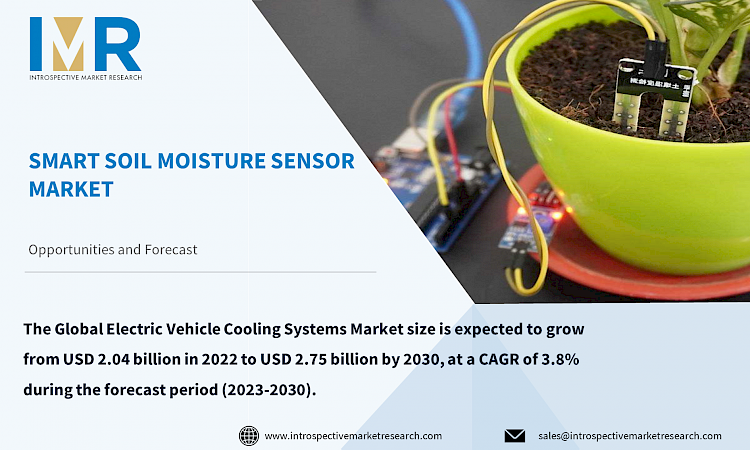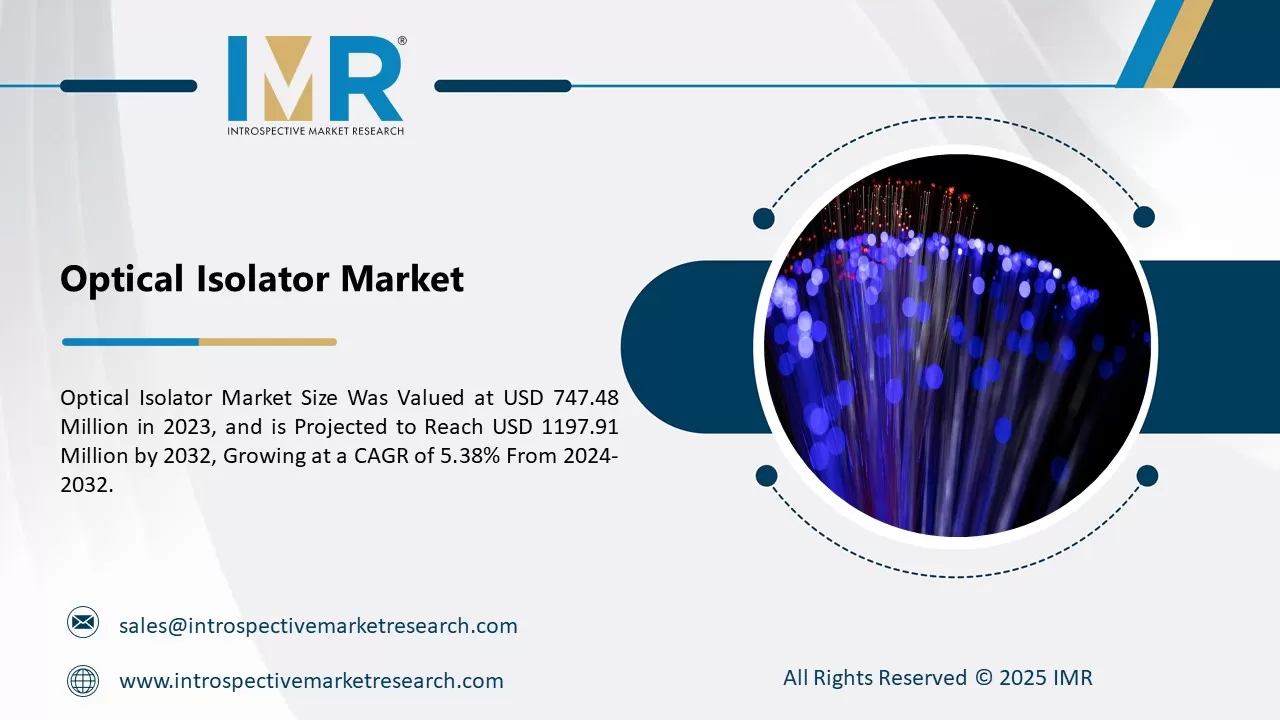Market Overview:
Smart Soil Moisture Sensor Market Size Was Valued at USD 251.9 Billion in 2022, and is Projected to Reach USD 565.3 Billion by 2030, Growing at a CAGR of 9.3% From 2023-2030.
As the global population continues to grow exponentially, it gives rise to pressing challenges in terms of ensuring an adequate food supply. This has resulted in an increased demand for land acquisition for housing and subsequent water consumption in newly developed residential areas, potentially leading to decreased availability of key resources required for food production. Meeting the growing food demand remains a critical concern, necessitating technological advancements to enhance productivity and production quality. Among the key agricultural devices, smart soil moisture sensors have emerged as crucial tools for accurately measuring soil water content, enabling farmers to make informed decisions in agricultural planning. Smart soil moisture sensors not only assist in agricultural operations but also prove valuable for ecologists in identifying drought conditions and studying biodiversity in a given area. They find applications in various fields, including soil water conditions, pollution monitoring, civil engineering, and forestry.
Top Key Players in Smart Soil Moisture Sensor Market:
- Acclima Inc. (USA)
- AquaCheck Pvt. Ltd (India)
- Campbell Scientific (USA)
- Davis Instruments (USA)
- Decagon Devices Inc. (USA)
- Delta-T Devices Ltd. (UK)
- Husqvarna (Sweden)
- Irrometer Company Inc. (USA)
- Meter Group (USA)
- Parrot (France)
- Sentek Pvt. Ltd. (Australia)
- Stevens Water Monitoring System Inc. (USA)
- Streat Instruments (India)
- Toro Company (USA), and Other Major Players
Market Dynamics and Factors:
The growing automation in the irrigation industry is a significant driver of the smart soil moisture sensor market. As agricultural practices increasingly embrace automation and precision agriculture techniques, the need for accurate and real-time soil moisture data becomes paramount. Smart soil moisture sensors play a vital role in this context by providing precise measurements of soil water content, allowing for optimized irrigation strategies and efficient water management. By integrating smart soil moisture sensors with automated irrigation systems, farmers can achieve higher levels of control and efficiency in their irrigation processes. These sensors enable the automation of irrigation schedules based on real-time soil moisture data, ensuring that plants receive the optimal amount of water for their needs. This not only conserves water resources but also helps prevent overwatering or under-watering, leading to improved crop health, increased yields, and cost savings for farmers.
Investment opportunities in the IoT (Internet of Things) and sensors-based technologies present significant opportunities for investors. As the IoT continues to evolve and expand, the demand for connected devices and sensors is skyrocketing across various industries. This creates a vast market for innovative solutions and technologies that enable seamless connectivity and data collection. Investing in IoT and sensors-based technologies offers several advantages. these technologies have the potential to revolutionize industries such as healthcare, agriculture, manufacturing, transportation, and smart cities. They can improve operational efficiency, enhance decision-making processes, and enable predictive maintenance, leading to cost savings and improved productivity. The increasing adoption of sensors and IoT devices generates massive amounts of data.
Key Industry Development:
- In January 2023, CropX Technologies acquired the U.S.-based Tule Technologies. This acquisition gives CropX access to new data capture technologies, which boosts AI predictions and expands its market in California. Also, with this acquisition, the company has expanded its presence and strengthened its business reach.
- In January 2023, Campbell Scientific introduced advanced tensiometer models with improved accuracy and data logging capabilities. These sensors measure soil water tension, providing a more precise understanding of available water for plants compared to traditional volumetric sensor.
Smart Soil Moisture Sensor Market Report Highlight:
- By Type, volumetric soil moisture sensors are expected to show significant growth over the forecast period in Smart Soil Moisture Sensor Market, due to their ability to provide accurate and precise measurements of soil water content, enabling efficient irrigation practices and water management in agricultural and environmental applications.
- By Application, the agricultural segment is estimated to develop the fastest, due to the increasing adoption of precision farming techniques, which rely on accurate soil moisture data for optimized irrigation practices, water conservation, and improved crop productivity.
- The North American region is expected to have the highest share of the Smart Soil Moisture Sensor market over the projected period, due to factors such as advanced agricultural practices, increasing adoption of precision farming techniques, and a strong emphasis on water conservation in agricultural practices.
Central to our report are the company profiles and competitive analysis, providing insights into market players' overview, market roles, and operating business segments. We evaluate their financial performance, production volume, sales volume, and sales margin while highlighting recent market developments. Our market research offers invaluable intelligence and strategic insights to drive informed decision-making. By capitalizing on emerging opportunities and understanding the competitive landscape, our report empowers businesses to thrive in the Global Smart Soil Moisture Sensor Market.
Smart Soil Moisture Sensor Market Segmentation:
By Type
- Volumetric Soil Moisture Sensors
- Soil Water Potential Sensors
- Solid State Sensors
By Application
- Agriculture
- Landscaping
- Sports Turf & Entertainment
- Others
For this report, Introspective Market Research has segmented the Smart Soil Moisture Sensor Market based on region:
Regional Outlook (Revenue in USD Million; Volume in Units, 2023-2030)
North America
- The U.S.
- Canada
- Mexico
Eastern Europe
- Russia
- Bulgaria
- The Czech Republic
- Hungary
- Poland
- Romania
- Rest of Eastern Europe
Western Europe
- Germany
- UK
- France
- Netherlands
- Italy
- Spain
- Rest of Western Europe
Asia Pacific
- China
- India
- Japan
- Singapore
- Australia
- New-Zealand
- Rest of APAC
Middle East & Africa
- Turkey
- Saudi Arabia
- Qatar
- UAE
- Israel
- South Africa
South America
- Brazil
- Argentina
- Rest of SA





